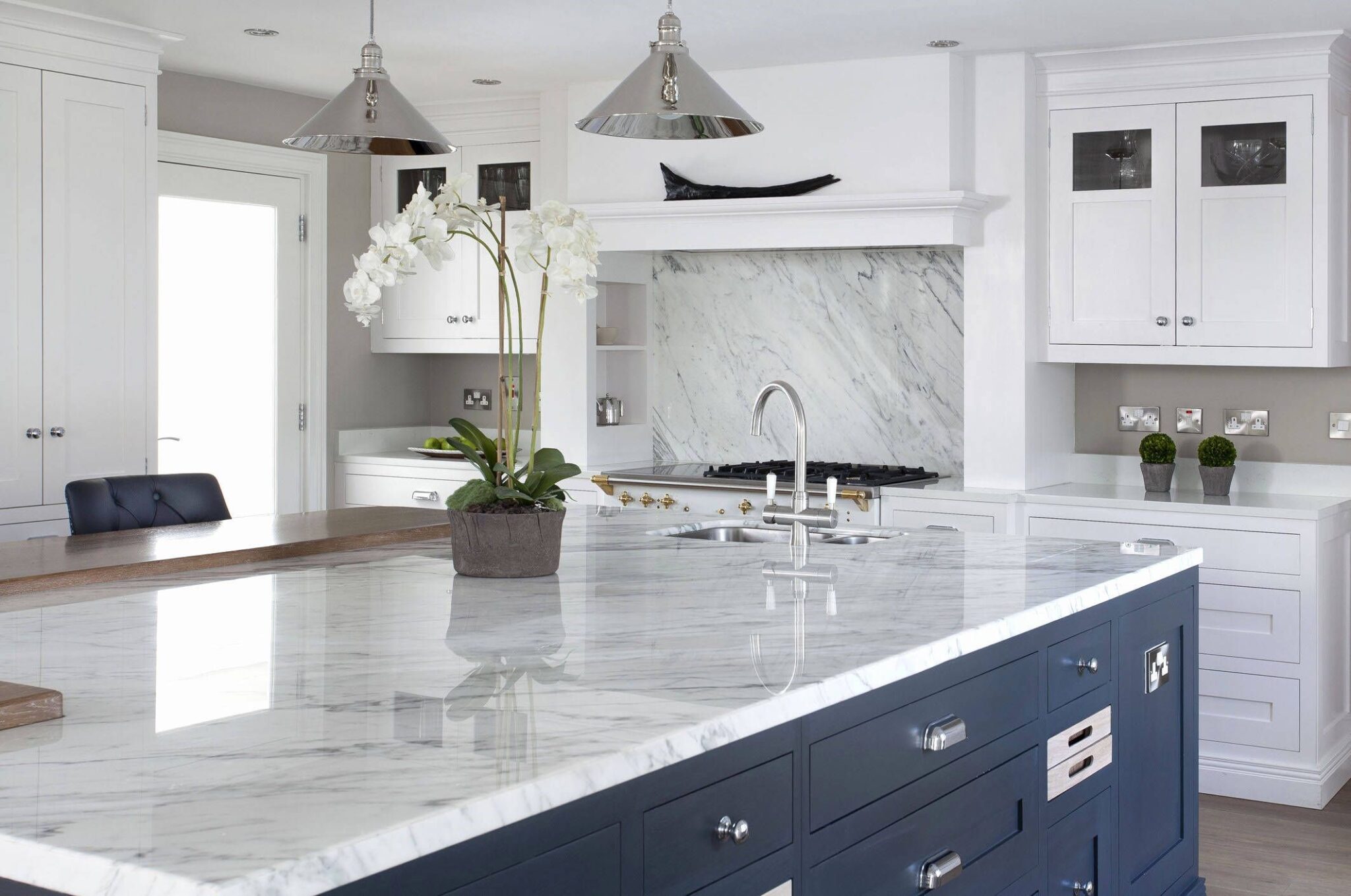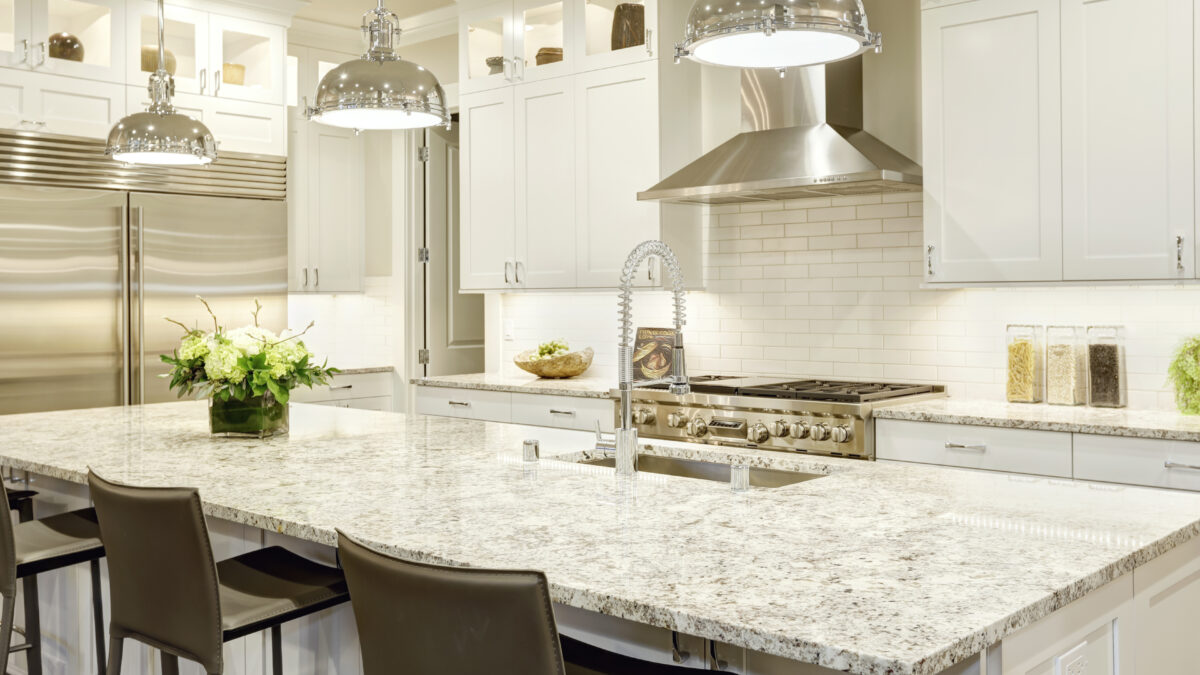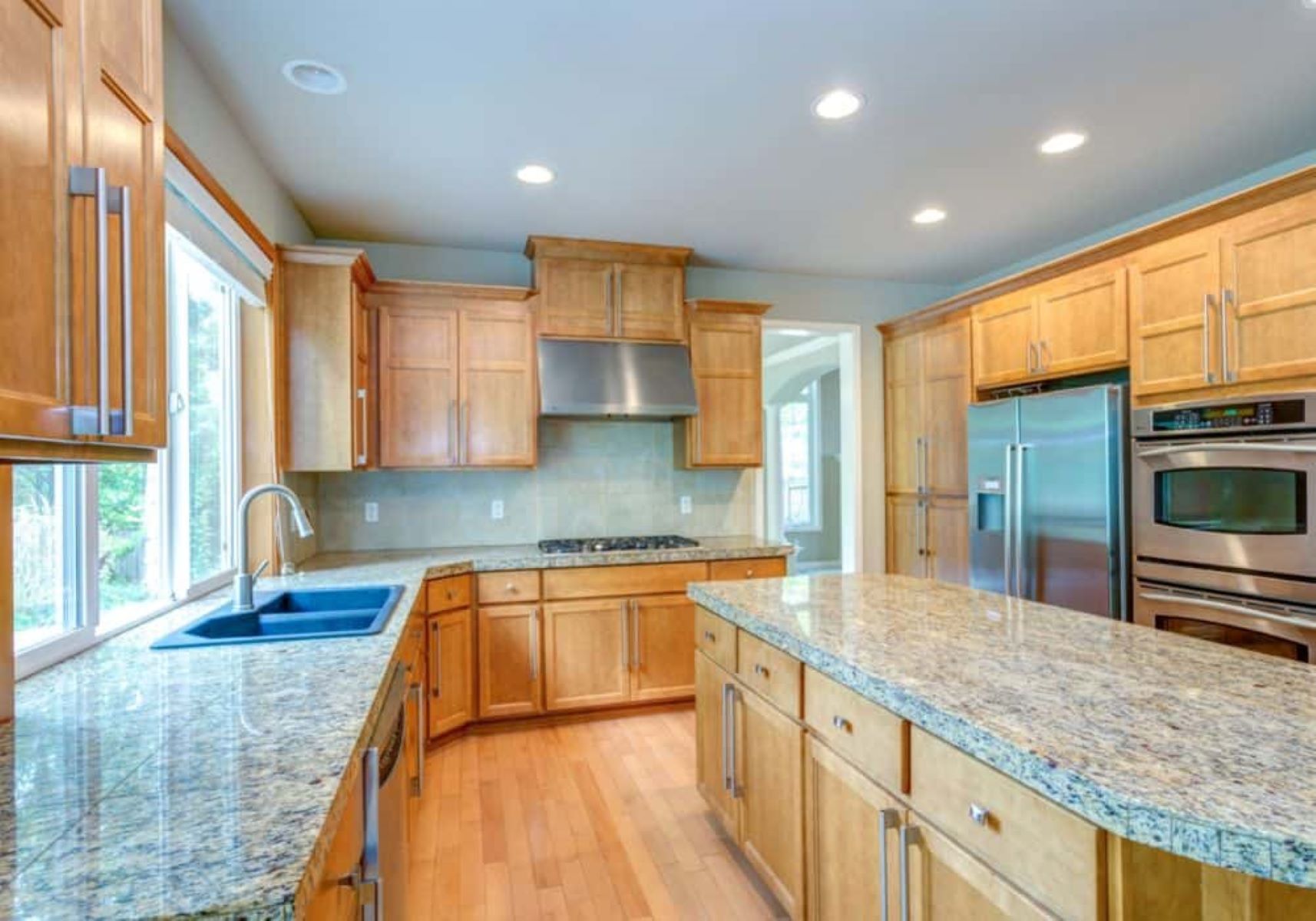Choosing the Right White Paint: Whitewash Cabinets With Granite Countertops

Transforming your kitchen cabinets with a fresh coat of white paint can breathe new life into your space. It’s a classic choice for a reason, as white brightens and enlarges any room, creating a clean and inviting atmosphere. But with so many different types of white paint available, choosing the right one can feel overwhelming. Fear not, because we’re about to dive into the details, guiding you to make the perfect choice for your kitchen.
Types of White Paint
Understanding the different types of white paint will help you make an informed decision. Each type has its own unique properties, advantages, and disadvantages.
- Oil-Based Paint: This type of paint is known for its durability and resistance to moisture, making it a great choice for high-traffic areas like kitchens. It dries slowly, allowing for more time to correct any mistakes. However, it requires mineral spirits for cleanup, emits strong fumes, and may take longer to cure completely.
- Latex Paint: Latex paint is water-based, making it easier to clean up with soap and water. It dries quickly and emits fewer fumes than oil-based paint. While it’s generally less durable than oil-based paint, it’s still a popular choice for kitchens due to its ease of use and affordability.
- Enamel Paint: Enamel paint is a type of paint that forms a hard, glossy finish. It’s known for its durability, resistance to moisture, and ease of cleaning. Enamel paint is often used for cabinets, trim, and doors, as it can withstand regular wear and tear. It’s available in both oil-based and latex formulations.
Primer
Primer is an essential step in painting cabinets, as it creates a smooth, even surface for the paint to adhere to. It helps to seal the existing finish, preventing the old paint from bleeding through the new paint. Primer also improves the paint’s adhesion, resulting in a more durable and long-lasting finish.
Sheen
The sheen of your paint refers to how much light it reflects. The sheen you choose will affect the look and durability of your cabinets.
- Matte: Matte finishes are flat and absorb light, minimizing imperfections and creating a subtle, sophisticated look. However, they are more prone to scratches and dirt, making them less ideal for high-traffic areas.
- Satin: Satin finishes have a soft sheen, offering a balance between durability and a subtle, elegant look. They are a good choice for kitchens as they are easier to clean than matte finishes and more resistant to scratches.
- Semi-gloss: Semi-gloss finishes have a noticeable shine, making them durable and easy to clean. They are a good choice for high-traffic areas like kitchens and bathrooms.
- Gloss: Gloss finishes have the highest sheen, making them the most durable and easiest to clean. They are often used for trim and doors, but may highlight imperfections in the surface.
Preparing Cabinets for Painting

A well-prepared surface is the foundation of a successful paint job. Just as a carpenter carefully prepares the wood before building a masterpiece, so too must we diligently prepare our cabinets before applying paint. This ensures a smooth, even finish and a long-lasting result.
Cleaning Cabinets
Cleaning cabinets thoroughly removes dirt, grease, and grime that can hinder paint adhesion. A clean surface allows the paint to bond properly, ensuring a durable and attractive finish.
- Use a mild detergent and warm water to wash the cabinet surfaces.
- Pay close attention to areas that accumulate grease, such as cabinet doors and drawer fronts.
- Rinse the cabinets thoroughly with clean water to remove all traces of soap.
- Allow the cabinets to dry completely before proceeding to the next step.
Removing Existing Finishes
Before applying a fresh coat of paint, it’s crucial to remove any existing finishes, such as varnish or paint. This ensures proper adhesion of the new paint and prevents peeling or chipping.
- For varnish or polyurethane finishes, use a chemical stripper designed for the specific type of finish.
- Apply the stripper according to the manufacturer’s instructions, wearing appropriate protective gear.
- Allow the stripper to work for the recommended time, then scrape off the softened finish using a putty knife.
- For older paint finishes, sanding may be sufficient to create a rough surface for the new paint to adhere to.
Sanding Cabinets
Sanding helps create a smooth surface and removes any imperfections that may interfere with a flawless paint finish. This step is particularly important for cabinets with existing finishes or scratches.
- Start with coarse-grit sandpaper (80-120 grit) to remove any rough spots or imperfections.
- Progress to finer-grit sandpaper (150-220 grit) to smooth out the surface and prepare it for painting.
- Sand in the direction of the wood grain to avoid creating scratches.
- Wipe down the cabinets with a tack cloth to remove any dust particles.
Patching Imperfections
Before painting, it’s essential to address any imperfections, such as dents, scratches, or holes. This ensures a smooth and even finish, enhancing the overall appearance of your cabinets.
- For small imperfections, use wood filler or spackle to fill in the gaps.
- Allow the filler to dry completely before sanding it smooth.
- For larger imperfections, consider using a piece of wood to patch the area.
- Secure the patch with wood glue or screws, then sand it smooth.
Using Painter’s Tape
Painter’s tape is a valuable tool for protecting surrounding areas and creating clean lines when painting. This helps prevent paint from spilling onto adjacent surfaces, ensuring a professional-looking finish.
- Apply painter’s tape to areas you want to protect, such as countertops, walls, or trim.
- Press the tape firmly to ensure a good seal and prevent paint from bleeding underneath.
- Remove the tape while the paint is still wet to avoid pulling off any of the paint.
Painting Cabinets with White Paint

Now that your cabinets are prepped and ready, it’s time to unleash your inner artist! Painting your cabinets white is a transformative process that can instantly brighten your kitchen and create a fresh, clean aesthetic. Let’s dive into the steps involved in applying the white paint, ensuring a flawless finish.
Applying White Paint to Cabinets
Applying white paint to cabinets is a meticulous process that requires patience and attention to detail. Here’s a step-by-step guide to help you achieve a professional-looking finish:
- Start with a light coat: Apply the first coat of paint thinly and evenly. Think of this as a primer, allowing the paint to adhere properly. Let it dry completely according to the manufacturer’s instructions. This first coat is crucial for achieving a smooth and consistent finish.
- Apply subsequent coats: Once the first coat is dry, apply a second coat. Again, ensure it’s thin and even, covering the entire surface. This coat will build up the color and opacity, giving your cabinets a rich, white finish. Allow the second coat to dry completely.
- Final coat for perfection: Depending on the paint and desired opacity, you may need a third coat. This final coat will ensure the color is consistent and even. Take your time, and allow each coat to dry completely before applying the next. Patience is key here.
Importance of High-Quality Brushes and Rollers
Using high-quality brushes or rollers is crucial for achieving a smooth and even finish. Think of it as the tools of your trade, allowing you to paint with precision and control. A good brush or roller will:
- Distribute paint evenly: A high-quality brush or roller will spread the paint evenly, minimizing streaks and brushstrokes. This is especially important when applying white paint, as any imperfections will be more noticeable.
- Provide a smooth finish: High-quality tools are designed to create a smooth, professional finish. They won’t leave behind bristles or create uneven patches, ensuring a flawless result.
- Reduce paint waste: A good brush or roller will hold more paint, minimizing the need for frequent re-dipping. This helps you save paint and reduces waste.
Avoiding Brushstrokes, Whitewash cabinets with granite countertops
Brushstrokes are the enemy of a professional-looking paint job. To avoid them, consider these tips:
- Use a high-quality brush: As mentioned earlier, a high-quality brush is essential for smooth, even application. Look for brushes with soft bristles and a good grip. A brush with a wide surface will help you cover more area with each stroke, reducing the risk of brushstrokes.
- Use the right technique: Don’t press too hard when applying paint. A light, even stroke is key. Imagine you’re gliding the brush across the surface, rather than dragging it. Try to avoid overlapping strokes, as this can lead to uneven paint application.
- Use a roller for larger surfaces: For large surfaces like cabinet doors, a roller is more efficient than a brush. Choose a roller with a nap length that’s appropriate for the surface you’re painting. A short nap roller is ideal for smooth surfaces, while a longer nap roller is better for textured surfaces.
“Patience is a virtue, especially when it comes to painting cabinets. Take your time, and allow each coat to dry completely before applying the next. The results will be worth it.”
Styling White Cabinets with Granite Countertops

White cabinets offer a timeless elegance that can be styled to create a variety of kitchen aesthetics. When paired with granite countertops, the possibilities for design are truly endless. The combination creates a sophisticated backdrop that can be enhanced with carefully chosen accents and design elements.
Kitchen Layout Design
A well-designed kitchen layout optimizes functionality and visual appeal. The following is a sample layout that demonstrates how white cabinets and granite countertops can be integrated to create a harmonious and stylish space:
- Island with Granite Top: A central island serves as a focal point and provides additional workspace. The granite countertop can be a contrasting color or pattern to the cabinets, adding visual interest.
- Wall Cabinets: Upper cabinets in white provide ample storage space while maintaining a clean and airy feel. Different cabinet styles, such as shaker, raised panel, or flat panel, can be incorporated to add visual variety.
- Base Cabinets: Base cabinets with granite countertops create a sturdy and elegant foundation. Different cabinet configurations, such as drawers, doors, and open shelving, can be used to optimize storage and create a visually appealing design.
- Backsplash: A backsplash behind the sink and stove can be used to add color, pattern, or texture. Consider using a backsplash that complements the granite countertop or provides a contrasting accent.
Mood Board: Design Aesthetics
A mood board can be a valuable tool for visualizing different design aesthetics. Here are examples of mood boards that showcase how white cabinets and granite countertops can be used to create distinct kitchen styles:
- Modern: The mood board would feature sleek, minimalist white cabinets with flat panel doors. The granite countertop would be a dark, solid color, such as black or gray, with a polished finish. The backsplash would be a simple, geometric pattern in a neutral color.
- Traditional: The mood board would showcase white cabinets with raised panel doors and ornate hardware. The granite countertop would be a warm, earthy color with a honed finish. The backsplash would be a patterned tile that complements the granite.
- Farmhouse: The mood board would feature white cabinets with shaker-style doors and open shelving. The granite countertop would be a light, natural color with a honed finish. The backsplash would be a rustic material, such as subway tile or reclaimed wood.
Color Palette and Accents
Choosing the right color palette and accent colors is crucial for creating a cohesive and stylish kitchen. Here are some tips for selecting colors that complement white cabinets and granite countertops:
- Backsplash: Consider using a backsplash that complements the granite countertop. If the granite has a lot of movement or pattern, a simple, solid-colored backsplash would provide a calming contrast. If the granite is a solid color, a patterned backsplash can add visual interest.
- Hardware: Hardware can add a touch of personality to white cabinets. Consider using polished nickel, brushed brass, or black hardware to create a contemporary look. For a more traditional style, choose antique brass or oil-rubbed bronze hardware.
- Lighting: Lighting plays a crucial role in setting the mood and highlighting the design elements of the kitchen. Consider using a combination of overhead lighting and task lighting to create a well-lit and inviting space.
Whitewash cabinets with granite countertops – Whitewash cabinets paired with granite countertops create a classic and elegant look in any bathroom. When considering your own bathroom remodel, it’s helpful to explore a wide range of bathroom cabinet and countertop ideas to find the perfect combination for your style and needs.
Whitewash cabinets with granite countertops offer a timeless aesthetic that complements both traditional and modern bathroom designs.
The combination of whitewash cabinets and granite countertops is a classic choice that creates a timeless and elegant kitchen design. While granite countertops are often installed by professionals, you can find detailed instructions on how to put a countertop on cabinets yourself by reading this guide.
Whether you choose to DIY or hire a professional, the finished product will complement the whitewash cabinets beautifully, creating a kitchen space that is both stylish and functional.